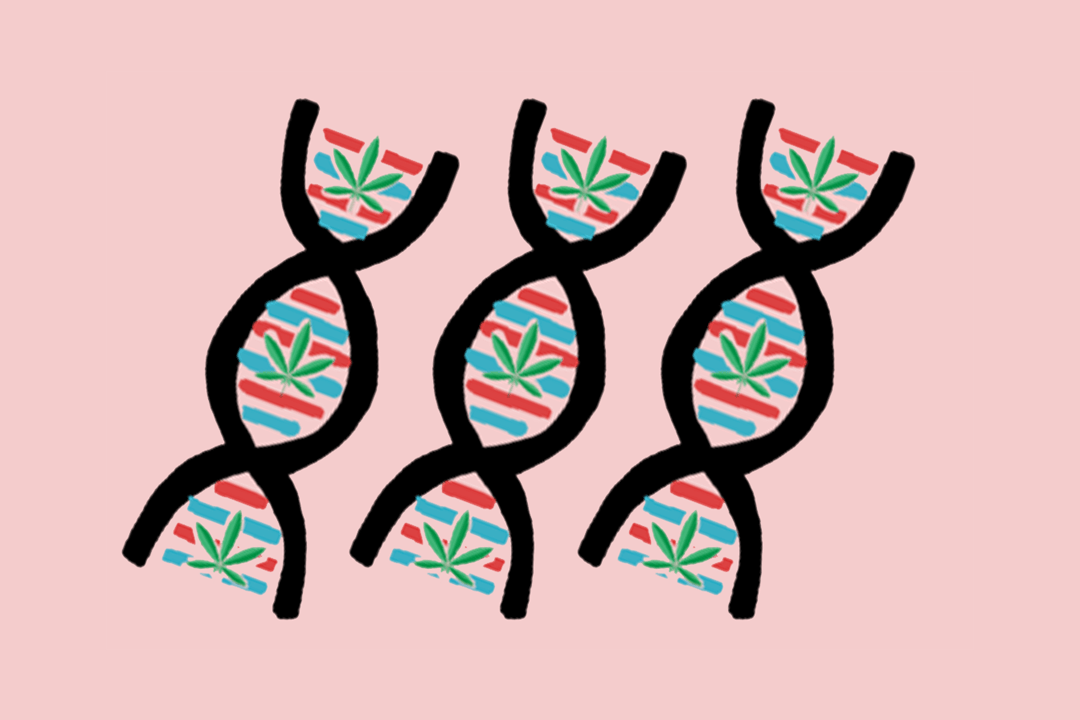With the legalization of cannabis in Canada in October 2018, there is a growing interest in its effect on cognition, mood, and daily activities. Many people use cannabis recreationally, and it is often used as a pain medication as well.
The two primary cannabinoids found in cannabis are tetrahydrocannabinol (THC) and cannabidiol (CBD), which are used for recreational and medical purposes. THC has gained more traction due to its intoxicating effects induced by its ability to activate cannabinoid receptors CB1 and CB2. This activation creates a strong sense of pleasure, and allows users to feel sensations more vividly. CBD can be used for treating epilepsy, inflammation, anxiety, and psychotic episodes.
So, we know a bit about how cannabis works recreationally and medically, but how about in other contexts? Surprisingly enough, there has been limited research on cannabis and sport performance.
University of Toronto systematic review
A U of T-affiliated systematic review published in Sports Health: A Multidisciplinary Approach analyzed the current literature on cannabis use and sport performance. The three aims of the study were to look for current regulations around cannabis and sport, the epidemiology of cannabis use in athletes, and its effect on sport performance and recovery. The study included a total of 37 articles.
The studies used included individuals between the ages of 13–48, from high school to high-level athletes.
Current regulations
There is a lot of variability in cannabis regulations, depending on the sport, some only prohibit cannabis use during competitions while others prohibit cannabis even during training. Also, the majority of the regulations focus on THC rather than CBD, and there seems to be a wider acceptance of CBD use in sports.
There is also a lack of sufficient research on cannabis and sport performance to determine whether the use of cannabis can be considered “doping.” In order for a substance to classify as a doping substance, it needs to have the potential to enhance performance, violate the spirit of the sport, or impose significant health risks to the athlete.
“Athletes just need to be a little bit careful in terms of their consumption of what they perceived to be legal, which is CBD… they need to be mindful that it may contain trace amounts of THC, which may ultimately result in a positive test if they were ever tested in competition that’s probably the biggest thing,” Timothy Leroux, Assistant Professor in the Department of Surgery and one of the study’s co-authors, told The Varsity.
Epidemiology of cannabis use in athletes
Of the athletes studied, 23.4 per cent reported using cannabis within the past year. This finding may seem high, however cannabis use in athletes is still lower than the rate of a cohort of similarly aged individuals in the American general public, which was 31.9 per cent.
These numbers may also be underreported, since these are the self-reported numbers, and there is still stigma regarding cannabis use despite its legalization. However, this number is similar to the reported 24.7 per cent of athletes who reportedly used cannabis according to the National Collegiate Athletic Association (NCAA) through its Student-Athlete Drug Use Survey.
Sport performance and recovery
There were four studies surveyed on the impact of cannabis on sport performance. Two of these studies showed a negative effect and two found no effect.
One study found that THC has an impact on leg fatigue in participants who consumed cannabis 17 minutes prior to engaging in sport. It is also essential to note that there were no other studies that reported benefits for cannabis use specific to sport performance. There is no data on its effect on recovery from injuries, however it may improve overall fatigue and enhance pain management, even for nerve pain related to the spinal cord and tight muscles. A potential correlation has also been found between THC use and survival after a traumatic brain injury.
Future directions
The current research for the effect of cannabis on sport performance is lacking. The dosage, potency, and effects of cannabis need to be determined in other to form the relevant regulations around sport. An interesting direction is research on cannabis and concussions. As students, the benefits of the use of cannabis are not contraindicated by this paper, however due to the limited research on the short- and long-term effects, it is advised that student athletes veer toward the side of caution when using cannabis while competing athletically.
“We need to get everyone together at the same table on some bigger stage to try to really harmonize the regulations and rules so that they’re very clear,” Leroux concluded.


